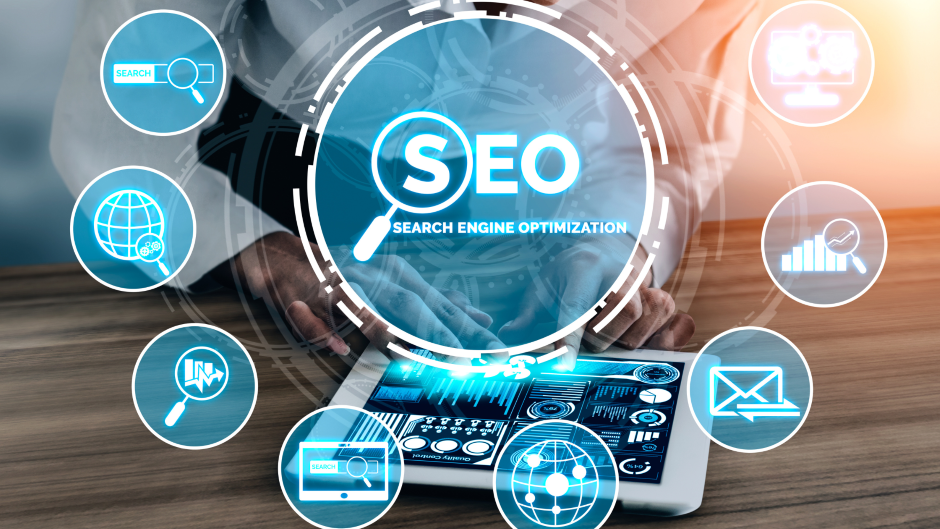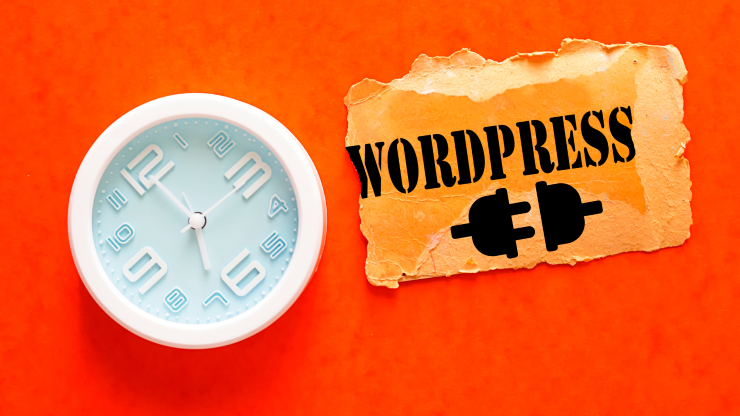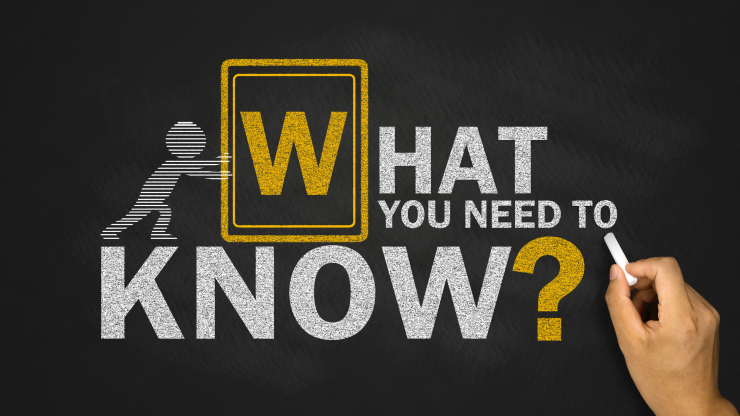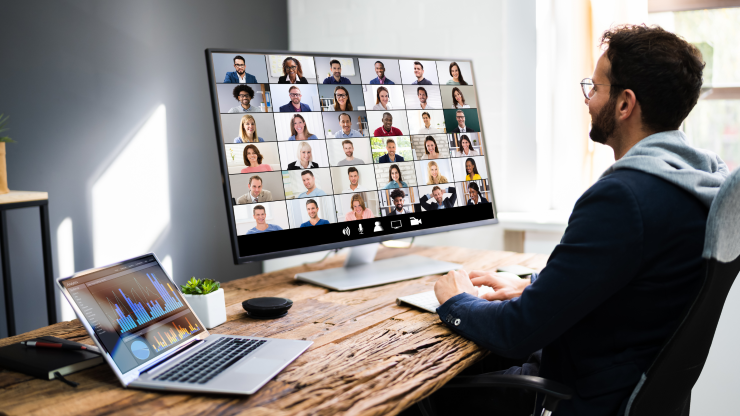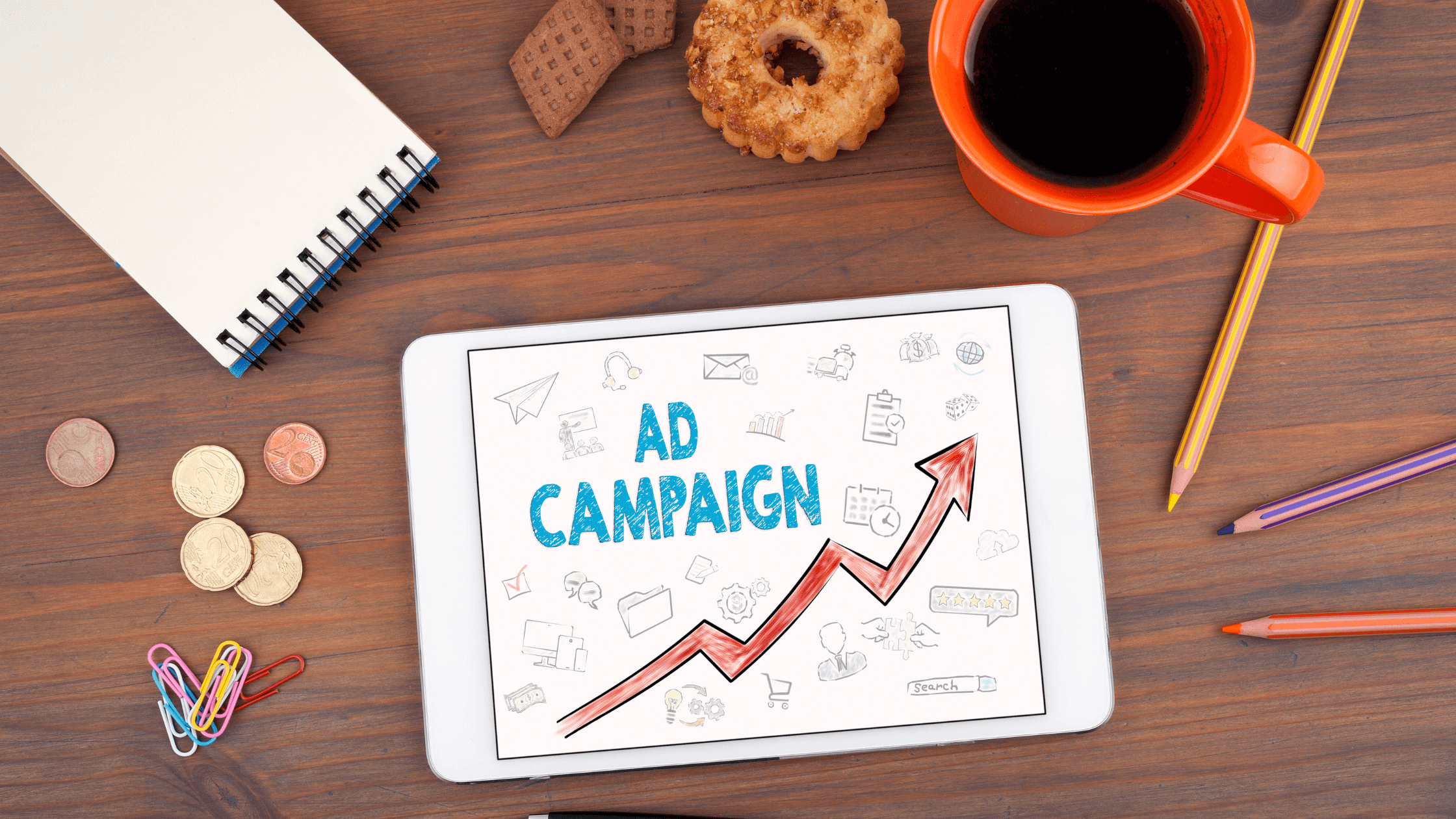
If you’re managing ad spend for clients, chances are you’ve been asked by clients something similar to : Should we go with LinkedIn or Meta? Truth is, there is no simple answer, it is nuanced, dependent on multiple variables and can change from campaign to campaign. Let’s take a look at which platform delivers and why.
On one side, LinkedIn now has over 1 billion members, making it a powerhouse for B2B marketing. On the other, Meta’s platforms; Facebook and Instagram reach more than 3 billion people every month. That’s not just reach. That’s potential influence.
Thing is though, greater reach doesn’t necessarily translate to better results. For creative, branding, and digital agencies (and your clients), the real question is: Which platform delivers the right audience, at the right time, for the right cost?
As we said, there’s no simple answer, so let’s break down the key differences between LinkedIn and Meta advertising, share our own approach, and help you feel more informed as to how to best allocate your client’s paid media spend.
Audience Targeting
LinkedIn: Ideal for reaching professionals
If you’re looking to reach decision-makers, business owners, or niche industry pros, LinkedIn is where they live and are likely to be swayed during business hours. The platform’s targeting is built around professional data, not interests and behaviours. This means you have the ability to get really, really specific with who sees your ad.
We’re talking the ability to target by:
- Job title
- Industry
- Company size
- Seniority
- Skills and education
- Location
Furthermore, the platform allows you to splice and dice your budget and targeting however you like.
Meta: Broad reach with strong behavioural and interest-based targeting
Meta (Facebook and Instagram) gives you access to billions of users and the real power lies in how well you can slice that audience. Instead of job titles and industries, you’re looking into how people live, what they love, where they are, what they’ve interacted with and what they’re going through.
You can target based on:
- Interests and hobbies
- Online behaviour
- Demographics
- Life events (like a recent move or job change)
- Things they have liked before.
From a targeting perspective, Meta is strong for B2C and lifestyle brands. Aspirational marketing works well on Meta where FOMO, emotion, timing, and wide visibility matter most. If your goal is awareness at scale or creating an everyday interest; Meta is your ideal platform.
User Intent and Context
LinkedIn: Business-focused mindset
When people use LinkedIn, they’re usually in a professional mindset. Whether they’re networking, hiring, exploring industry trends, or advancing their careers; their attention is focused on growth, opportunity, and expertise.
That’s what makes LinkedIn such a powerful space for B2B campaigns. Your audience is already primed to engage with content that speaks to their professional challenges, goals, and success metrics. Ads that offer value, insight, or solutions in a clear, credible way tend to perform best here.
Meta: Casual and entertainment-driven
Meta platforms are designed for discovery, entertainment, and personal connection. Users here aren’t actively looking for products or services — they’re scrolling through updates, reels, and stories in a passive, off-duty state of mind.
But that’s not a disadvantage; it’s an opportunity. If your creative is visually engaging, emotionally compelling, or taps into shared moments, it can interrupt the scroll and spark real interest. This makes Meta ideal for lifestyle, direct-to-consumer, or brand awareness campaigns that rely on mood, storytelling, or impulse.
Ad Cost Comparisons
LinkedIn: Higher CPC, but higher-quality B2B leads
LinkedIn ads don’t come cheap. You’ll usually see higher cost-per-click (CPC) and cost-per-thousand impressions (CPM) compared to other platforms, with a minimum daily spend around $10 AUD. It may not break the bank, but it is more pricey compared to the others.
But there is a positive trade-off: the leads you get are often higher quality especially for B2B, and more engaged. If you’re targeting decision-makers or high-value clients, the extra spend can go a long way in getting the right eyes on your client’s offer.
Meta: More cost-efficient for broader reach
Meta is where your budget stretches further. A low CPC and flexible budgeting make it a great option for running impactful campaigns, even with limited spend.
It’s especially effective for awareness, engagement, and DTC campaigns. These are the type of campaigns where volume and visibility matter. So, if your goal is to reach more people and drive clicks at scale, Meta gives you serious bang for your buck.
Campaign Objectives
LinkedIn: Best for B2B lead generation and professional branding
No campaign is ever the same as any other, even campaigns you run twice. Truth is, complex factors will play a part, so choosing Facebook for some B2B campaigns may make sense, but as a rule of thumb, LinkedIn shines when your goal is to:
- Generate B2B leads
- Promote webinars or events
- Recruit talent
- Build a professional brand
Meta: Great for eCommerce and high-volume campaigns
In contrast, Meta more consistently suits B2C brands (albeit, you may want to advertise a consumer offer to a LinkedIn audience) for:
- eCommerce and product sales
- Mobile app installs
- Local awareness
- Retargeting
- Lead generation at scale
Boosted/Sponsored Posts
LinkedIn: Thought leadership and visibility
We’ve all had that post that performs so well organically, we feel compelled to share it to a wider audience. Boosted posts do this well. Their main purpose on LinkedIn is for the purposes of:
- Sharing insights and thought leadership
- Promoting long-form content
- Building professional credibility
- Building on social proof obtained organically and showcasing it to a wider audience
These posts are less about instant reactions and more about long-term brand positioning and for thought provoking interest.
Meta: Rapid reach and reactions
For the same reasons as LinkedIn, you may have a post that you wish to share to a larger audience. Maybe it is for social proof, maybe it is because you have no new content. Whatever the reason, Meta’s sponsored posts are designed for:
- Quick engagement (likes, shares, comments)
- Driving traffic to landing pages
- Promoting time-sensitive offers
In other words, they’re perfect for campaigns that need fast traction.
Our First-Hand Experience (Our Approach)
Here’s how we typically guide our agency partners:
For B2B clients:
- We prioritise LinkedIn for top-of-funnel awareness and lead generation.
- We split test website conversions vs. lead gen forms to see what performs better.
- We focus on targeting job titles, industry, and seniority to ensure lead quality.
For B2C clients:
- Meta is our go-to for Traffic, Purchase, or Lead Generation objectives.
- We recommend creative campaigns that are emotional, lifestyle-driven, and relatable.
- We test multiple ad formats images, video, carousel to find what resonates.
Budget allocation:
- If the goal is high-quality leads from professionals, we lean into LinkedIn.
- If the goal is to reach engagement, or product awareness, Meta delivers better value.
Creative strategy:
- On LinkedIn, we suggest clean, professional visuals and value-driven messaging.
- On Meta, we encourage storytelling, vibrant visuals, and emotional hooks.
- At times we recommend using both platforms, seeking to drive increased branding and higher impressions. The right creative is key to success.
Recap: Which Platform Should You Choose?
Here’s a quick summary to help guide your decision:
| Feature | Meta (Facebook/Instagram) | |
| Audience Targeting | Job title, industry, seniority | Interests, behaviours, demographics |
| Ad Costs | Higher CPC/CPM, better B2B leads | Lower CPC, better for scale |
| Best For | B2B, recruitment, webinars | eCommerce, DTC, app installs |
| Boosted Posts | Thought leadership | Quick engagement |
| User Intent | Business mindset | Casual browsing |
Final Thoughts
There’s no one-size-fits-all answer. The best platform depends on your client’s goals, audience, and budget. In many cases, a hybrid approach works best using LinkedIn for professional credibility and lead quality, and Meta for reach, engagement, and conversions. But it is all nuanced and needs to be considered in conjunction with wider marketing goals and activities.
As an agency, your role is to guide clients through these choices with clarity and confidence. Our white label digital agency helps partners deliver paid media solutions that align with their client goals without the overhead.
By understanding the strengths of each platform, you can craft smarter strategies and deliver better results.
What’s Next?
We exist to help agencies achieve their goals, so if you found this guide helpful:
- Leave a comment with your thoughts or questions that can help others
- Share this post with your team or network
- Subscribe to our newsletter for more practical marketing insights
Let’s keep the conversation going!
Related Articles
Why Choose Us?
With decades of experience and a dedicated team, we are committed to delivering high-quality web development services. Our client-centric approach ensures that we understand your needs and provide solutions that exceed your expectations.



